Steaming baozi, or Chinese steamed buns, is a culinary tradition that spans centuries, blending science, craftsmanship, and cultural heritage. At the heart of every perfect baozi lies a delicate balance: a soft, fluffy exterior that gives way to a flavorful filling. Yet, for many home cooks and even seasoned chefs, the question lingers—how long should bao dough be steamed to achieve that coveted texture? This article delves into the intricacies of steaming time, exploring the factors that influence cooking duration, the science behind dough transformation, and expert tips to elevate your baozi-making game.
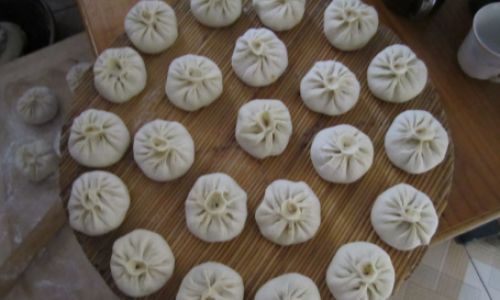
The Science of Steaming Dough
Before diving into timelines, it’s essential to grasp the chemistry at play. Baozi dough is typically made from wheat flour, water, yeast, and sometimes baking powder. When mixed and kneaded, gluten networks form, creating elasticity. During steaming, heat triggers two critical processes: starch gelatinization and protein denaturation.
- Starch Gelatinization: At around 60°C (140°F), starch granules in the flour absorb moisture and swell, forming a gel-like structure. This gelation is what gives bao its soft, pillowy texture.
- Protein Denaturation: Gluten proteins coagulate at higher temperatures (around 75°C/167°F), stabilizing the dough’s structure.
Achieving the ideal steaming time ensures both processes occur harmoniously. Undercooking leaves the dough gummy and raw-tasting, while overcooking dries it out, resulting in a dense, chewy texture.
Factors Influencing Steaming Time
No two batches of baozi are identical. Variables such as dough thickness, filling type, steamer efficiency, and altitude can alter cooking times. Let’s break down each factor:
Dough Thickness and Size
- Thinner Dough: If rolled too thin, the bao may cook faster but risk tearing or becoming leathery.
- Thicker Dough: Requires longer steaming to prevent a raw center.
- Standard Size: A typical baozi (3–4 inches in diameter) needs 12–15 minutes of steady steaming.
- Mini Baozi: Reduce time to 8–10 minutes.
- Jumbo Baozi: Extend to 18–20 minutes.
Filling Type
The filling’s moisture content and density affect heat penetration:
- Meat Fillings (e.g., pork, beef): Require longer steaming to ensure the meat cooks through. Add 2–3 minutes to base time.
- Vegetable Fillings (e.g., cabbage, mushrooms): Cook faster but may release moisture, softening the dough. Monitor closely to avoid sogginess.
- Sweet Fillings (e.g., red bean paste): Pre-cooked fillings need minimal time—aim for 10–12 minutes.
Steamer Setup
- Bamboo Steamer: Traditional and efficient, but requires preheating. Adds 1–2 minutes to total time.
- Metal Steamer: Conducts heat more aggressively; reduce time by 1–2 minutes.
- Stacking Layers: If using multiple tiers, rotate pans halfway to ensure even cooking.
Altitude and Humidity
- High Altitudes: Lower boiling points (e.g., 95°C/203°F at 1,500 meters) slow cooking. Increase time by 10–15%.
- Humid Climates: Dough may absorb excess moisture, requiring shorter steaming.
Step-by-Step Steaming Guide
Follow this timeline for foolproof results:
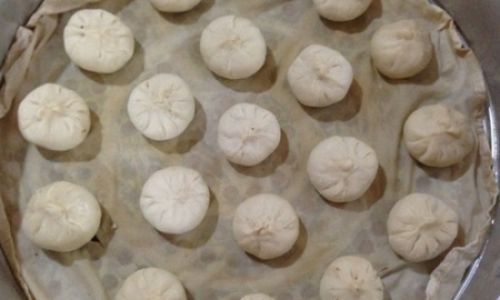
-
Preparation (0–10 minutes):
- Line the steamer with parchment or cabbage leaves to prevent sticking.
- Preheat the water to a rolling boil.
-
First Steaming Phase (8–12 minutes):
- Place baozi in the steamer, leaving 1 inch between each to prevent sticking.
- Cover and steam on high heat.
-
Mid-Steam Check (12-minute mark):
Gently press a bao’s side—if it springs back, it’s nearly done. If dough sticks, steam 2–3 minutes longer.
-
Final Phase (2–5 minutes):
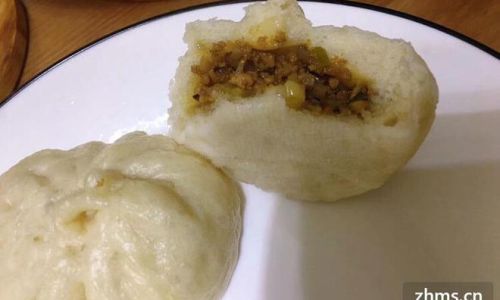
- Reduce heat slightly to prevent overcooking.
- Remove lid carefully to avoid condensation drips (which can cause wrinkling).
-
Resting Period (5 minutes):
Let baozi sit in the steamer (off heat) to firm up. This redistributes moisture, preventing a gummy texture.
Troubleshooting Common Issues
Even with precise timing, hiccups can occur. Here’s how to fix them:
- Collapsing Bao: Overproofed dough or sudden temperature drops. Next time, reduce proofing time and avoid opening the steamer mid-cook.
- Gummy Interior: Undercooked starch. Increase time by 2–3 minutes.
- Dry, Cracked Skin: Overcooking or low humidity. Steam in a sealed environment or add a damp cloth under the lid.
- Yellowish Tint: High heat causing Maillard reactions. Lower the flame slightly.
Advanced Techniques for Perfect Bao
- Hybrid Cooking: For extra-fluffy bao, steam for 10 minutes, then bake at 200°C (392°F) for 3–5 minutes to crisp the base.
- Sous-Vide Filling: Pre-cook meat fillings sous-vide to ensure even doneness before assembling.
- Ice Bath Method: After steaming, dunk baozi in an ice bath for 10 seconds to halt cooking, then re-steam for 2 minutes before serving.
Cultural Context and Regional Variations
Baozi’s steaming time also reflects regional preferences:
- Northern China (e.g., Beijing): Thicker dough and hearty fillings like pork and chives demand 15–18 minutes.
- Southern China (e.g., Guangzhou): Delicate, translucent skins (xiaolongbao) require just 8–10 minutes to preserve their soup-filled centers.
- Japanese Nikuman: Sweeter dough and meat fillings often steam for 12–14 minutes.
The Role of Ingredients
Modern twists on bao dough—such as adding milk, activated charcoal, or vegetable purees—can alter steaming dynamics:
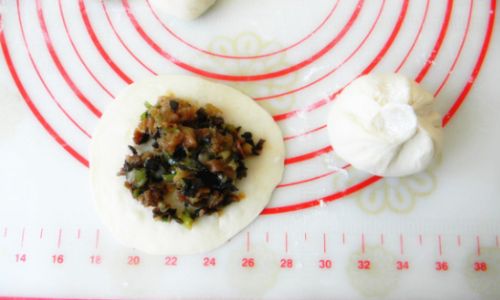
- Milk-Based Dough: Richer in fat, which slows heat transfer. Add 1–2 minutes.
- Gluten-Free Flours (e.g., rice flour): Require shorter steaming (6–8 minutes) to prevent brittleness.
- Purple Sweet Potato Dough: Denser due to fiber; steam 14–16 minutes.
Sustainability and Efficiency
For eco-conscious cooks, optimizing steaming time reduces energy use:
- Batch Cooking: Steam multiple trays at once, rotating halfway.
- Leftover Bao: Freeze raw or cooked bao. Cooked bao reheat in 5 minutes; raw require 18–20 minutes from frozen.
Conclusion: The Pursuit of Bao Perfection
Mastering bao steaming time is a journey of observation and adaptation. While 12–15 minutes serves as a reliable baseline, factors like dough thickness, filling, and equipment demand flexibility. By understanding the science of starch gelatinization and gluten development, you can troubleshoot issues and innovate with confidence. Whether you’re crafting classic pork buns or avant-garde fusion flavors, patience and precision will transform your bao from ordinary to extraordinary. So, fire up the steamer, set your timer, and embark on a culinary adventure—one perfectly puffed bao at a time.

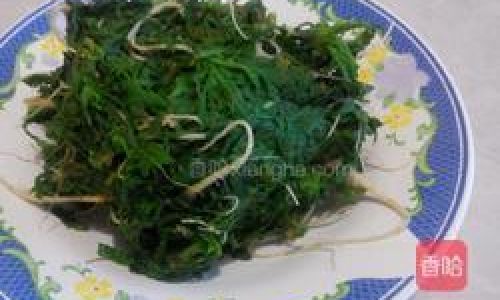

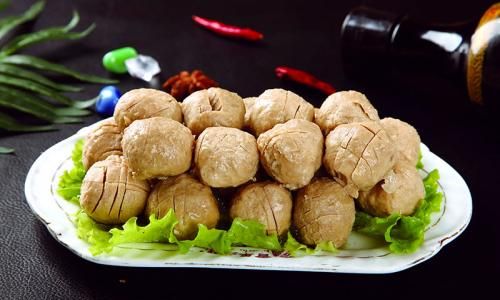
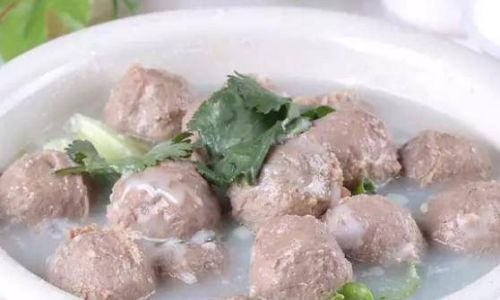
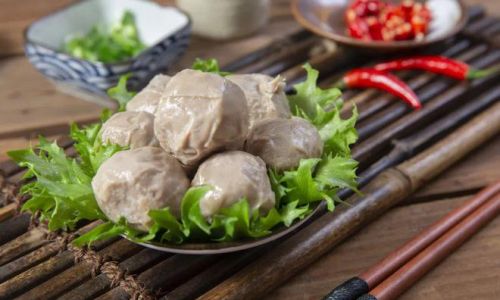
0 comments